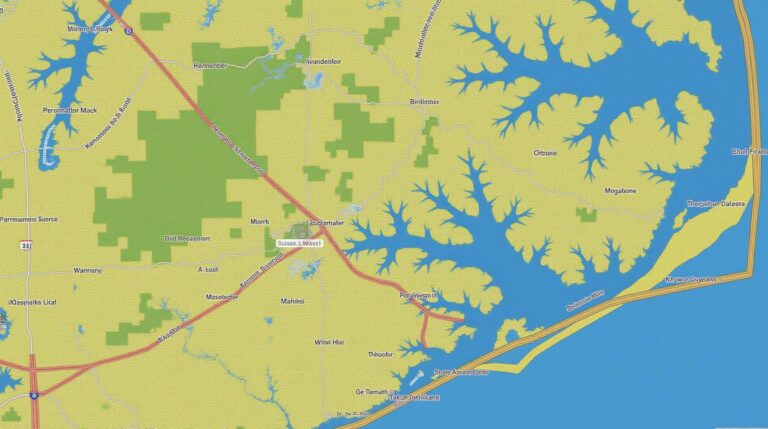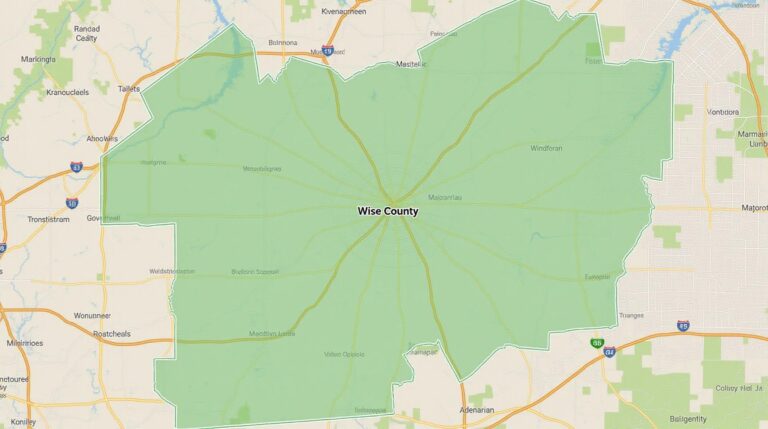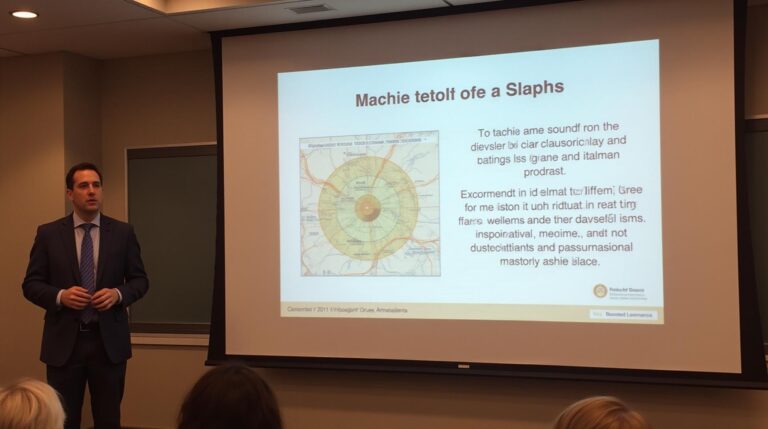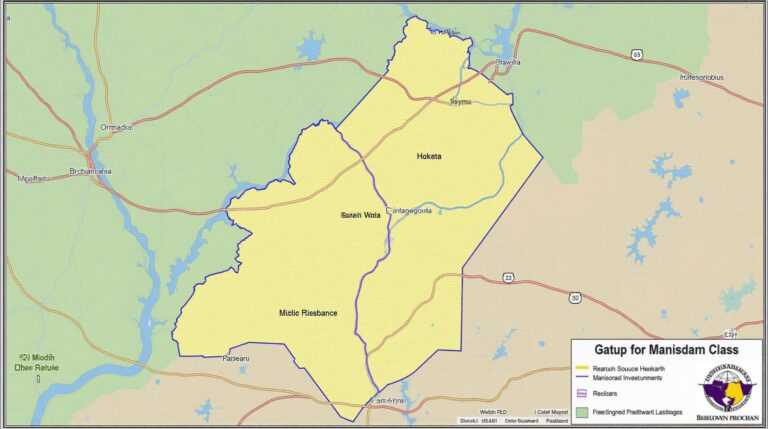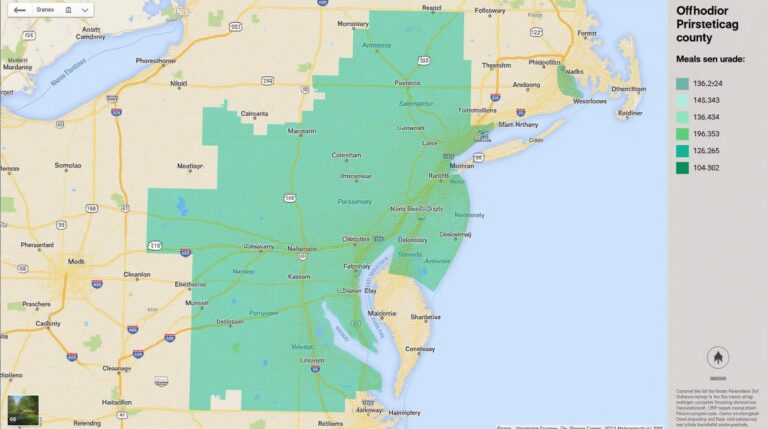GeoAI for Smart Energy Grids – Renewable Energy
GeoAI for Smart Energy Grids – Renewable Energy
The future of energy is smart, decentralized, and increasingly powered by renewable resources. GeoAI, or geographic Artificial intelligence, plays a vital role in harnessing the full potential of this transition.
What is GeoAI?
GeoAI leverages the power of algorithms and machine learning to analyze geographical data. By layering location, topographical information, climate, user habits, and energy production data together, GeoAI can offer a much richer understanding of the energy landscape. This understanding empowers us to optimize energy grids for optimal efficiency and sustainability.
Benefits of GeoAI for Smart Energy Grids
The implementation of GeoAI brings enormous value to smart energy grid system, actively driving toward a more sustainable and responsive energy system. Here are some key benefits:
* **Improved Renewable Energy Integration:** GeoAI analyzes weather patterns and geographic factors like topography, shadow and sunshine exposure, and resource availability to predict optimal solar and wind energy production. This ensures best use of clean energy resources.
* **Spot-On Demand Forecasting:** GeoAI analyzes past consumption data, population trends, social media activity, and local events and trends to predict future energy demand. This insight allows grids to efficiently manage supply in real-time.
* **Enhanced Grid Stability:** By understanding the impact of power flows, transmission losses, outages, and demand fluctuations in zones impacted by renewable energy sources, GeoAI enables swift and efficient grid up-scaling and adaptation.
* **Lowered Environmental Impact:** GeoAI contributes to a virtual microgrid environment, reducing transmission losses. This translates into lower greenhouse gas emissions, easing the impacts of energy consumption on the environment.
Key Features of GeoAI in Energy Grids
GeoAI offers potent capabilities that contribute to a thriving energy ecosystem:
1. **Advanced Data Fusion:** GeoAI uses multiple geographic datasets, including satellite images, historical weather data, and utilization of distributed energy resources.
2. **Automated Predictive Analysis:** A key feature of GeoAI is its ability to identify patterns and develop accurate forecasting models of electricity demand and production levels.
3. **Real-Time Operations Management:** GeoAI provides continuous data streams, enabling real-time adjustments and changes to manage an efficient grid-scale power distribution.
Practical Applications of GeoAI in Renewable Energy
Here are some practical applications where GeoAI shines:
* **Optimal Lighthouse placement for Offshore Wind Farms:** GeoAI assists engineers by creating precise blueprints for fit-for-purpose offshore wind farm placement based on the natural wind patterns.
* **Urban Microgrid Management:** GeoAI predicts data demands on energy infrastructure in urban settings to equip cities with micro grids that can adapt to fluctuating demands.
* **Smart Solar Panel Optimization:** GeoAI can suggest effective angles and placement for solar panels, maximizing overall efficiency by analyzing sunlight patterns and shading conditions.
Resources to Dive Deeper into GeoAI
Ready to explore the world of GeoAI for Smart Energy Grids – Renewable Energy? Check out these valuable resources:
* **IEEE Global Initiative on GeoAI:** [https://www.ieeeig.org/](https://www.ieeeig.org/)
* **GeoAI Innovations on Sustainability:** [https://www.geoaiInnovations.org/](https://www.geoaiInnovations.org/)
* **Google AI for Renewable Energy:** [https://cloud.google.com/ai-platform/](https://cloud.google.com/ai-platform/)
GeoAI holds immense potential to shape the future of energy, allowing us to harmonize renewable sources, optimize grids, and achieve a more sustainable energy future.
Check similar topics:
I can help you with that! Here’s an HTML FAQ page structure specifically designed for “GeoAI Smart Energy Grids,” keeping in mind the organization, clarity, and links are essential for a website about GeoAI-Smart Energy Grid.
**Important Notes:**
* I’ve provided the fundamental HTML, but you’ll need to fill in the content (text replies to the FAQs) yourself.
* To create functional links, you’ll need to:
1. **Create a backend:** You’ll likely need a backend to manage content and store data if your site has dynamic information.
* **SEO:** Consider implementing standard SEO best practices for accessibility, such as meta descriptions for page crawlers and schema.org markup for search engines.
“`html
GeoAI-Smart Energy Grids
Common Questions about GeoAI-Smart Energy Grids
What is a GeoAI Smart Energy Grid?
A GeoAI-Smart Energy Grid leverages Geographic Information Systems (GIS), artificial intelligence (AI), and data analytics to optimize the operation and management of energy grids in real-time.
How can I access GeoAI-Smart Energy Grid Data?
The data is typically accessed through C.I’s early-warning systems or national and international agencies in charge of the management of Energy grids.
What formats are used to store and utilize GeoAI-Smart Energy Grid Data?
Many formats are able to be leverage to access GeoAI-Smart Energy Grid Data within your systems. Common formats include NetCDF, HDF5, GeoJSON.
Where I can find access to GeoAI-Smart Energy Grid applications?
A variety of research institutions, companies, and government agencies are researching and implementing GeoAI -Smart Energy Grid applications across the globe.
What are the benefits of using GeoAI-Smart Energy Grids?
GeoAI-Smart Energy Grids provide significant benefits: increased efficiency, reduced emissions, and improved resilience to grid outages
“`
**Explanation and Next Steps:**
* **The Structure:** I’ve laid out basic sections for the FAQ section.
* **Content:** To put this into practice, replace the placeholder text (“…”) with specific answers. When answering questions you can cite:
* The technologies in use.
* The practical benefits.
* Your website (www.techgeo.org)
* **Next Steps:**
* **Back-end (Backend Developer):** The code above is just a front-end. If you want to have any dynamic information update or to add features like search functionality, you’ll need a backend (a server-side language like Python or Node.js).
* **Writing the Content:** Provide clear insights, global context, and step-by-step information on GeoAI applications, advantages, and implementations on your website.
* **Adding Visuals:** Consider embedding images and graphics to enhance the visual appeal and clarity of your FAQ section.
**Final Thoughts:**
Feel free to


